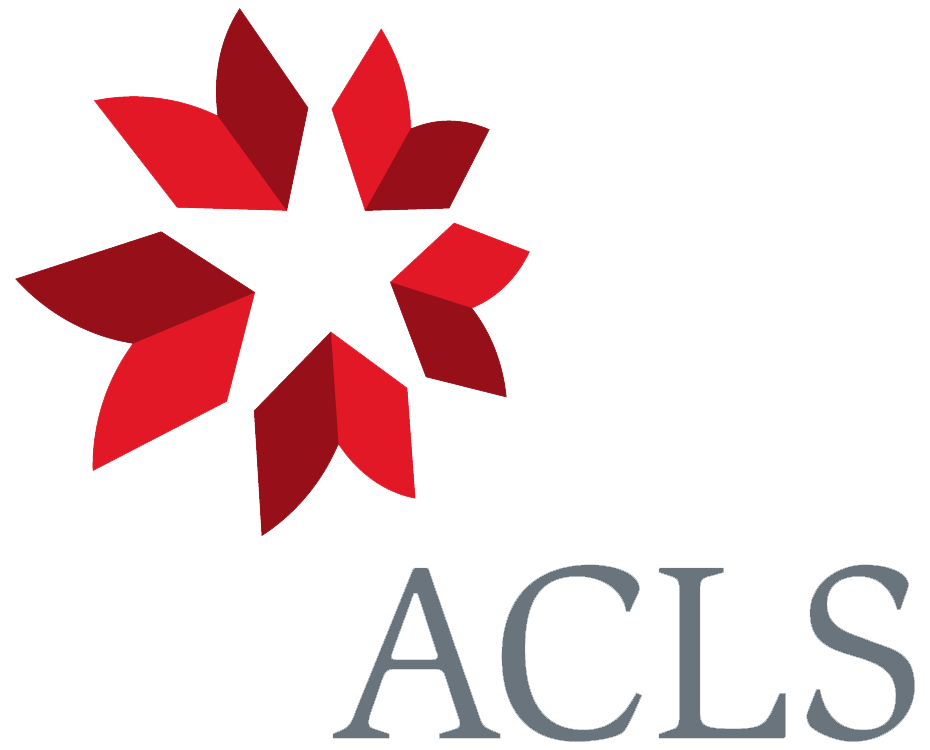From Asa Gray 30 March 1877
Herbarium of Harvard University, | Botanic Garden, Cambridge, Mass.
March 30 1877
My Dear Darwin
Thanks for your note about the dimorphics.1
The Lithospermums of S Batschia are dimorphic—as is well known. But one of them, L. longiflorum (Pentalophus A. Dl.) turns out to bear, later in season (and in some plants from the first?) smaller and smaller flowers,—of which some must be cleistogenous.2 Now of this a long series of the long-flowered state in the herbm. shows only one form of stamens & style, i.e. is not dimorphic, that I can see.
It is the only one that is cleistogenous. Curious, that it should take to this instead of dimorphism
Yours ever | A. Gray
Footnotes
Bibliography
Forms of flowers 2d ed.: The different forms of flowers on plants of the same species. 2d edition. By Charles Darwin. London: John Murray. 1880.
Summary
Lithospermum longiflorum has cleistogamous flowers and, unlike other species of genus, it is not dimorphic.
Letter details
- Letter no.
- DCP-LETT-10918
- From
- Asa Gray
- To
- Charles Robert Darwin
- Sent from
- Herbarium of Harvard
- Source of text
- DAR 165: 195
- Physical description
- ALS 2pp
Please cite as
Darwin Correspondence Project, “Letter no. 10918,” accessed on 24 April 2024, https://www.darwinproject.ac.uk/letter/?docId=letters/DCP-LETT-10918.xml


